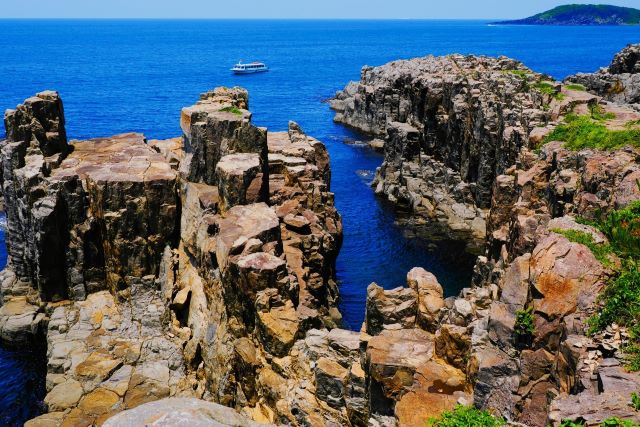Introduction of Instagram-Worthy Photos from Fukui Prefecture
Fukui Prefecture is known for its historical landmarks and beautiful natural landscapes, including the world-famous Zen temple “Eiheiji,” the unique terrain of “Tojinbo” formed by magma 13 million years ago, and “Echizen Ono Castle,” often called Japan’s Machu Picchu.
Eiheiji Temple
Eiheiji Temple is a venerable temple in Fukui Prefecture with a history of over 770 years. It was founded by the renowned monk Dogen and is known as a Zen training hall. The temple has more than 70 halls and structures, including the Sanmon gate, Buddha Hall, and Dharma Hall, surrounded by 600-year-old cedar trees. Around 200 monks called “unsui” undergo rigorous Zen training here. Recently, Zen has gained global recognition as “ZEN,” attracting many international visitors to Eiheiji.
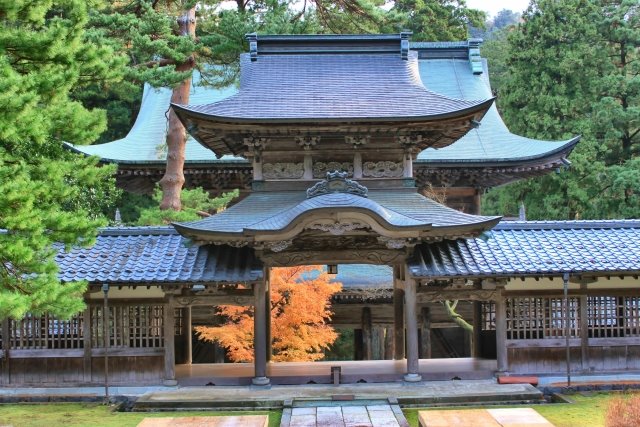
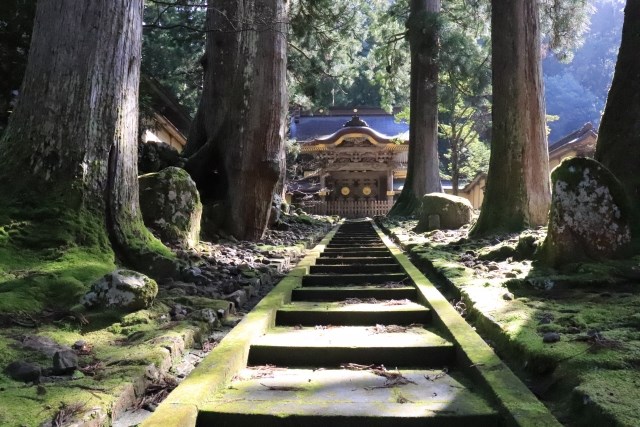
Instagram Worthiness:★★★★★
Photography Opportunity: All seasons
Location Information: ▶Map, Hours, Routes
Transportation Information:28 minutes by bus from Fukui Station
Tojinbo
Tojinbo’s distinctive pentagonal and hexagonal columnar terrain was formed when magma cooled and solidified underground 13 million years ago. After emerging due to tectonic activity, it was shaped by waves and wind. This phenomenon is rare worldwide and is geologically significant, comparable to Mount Kumgang on the Korean Peninsula and the west coast of Norway. The hard rock of Tojinbo, enduring the rough waves of the Sea of Japan over centuries, is renowned for its dramatic appearance. Sightseeing boats are recommended, and you can also enjoy nearby Oshima Island.
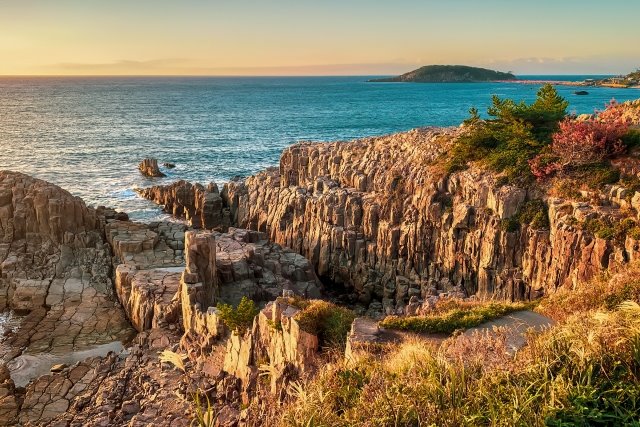
Instagram Worthiness:★★★★★
Photography Opportunity: All seasons
Location Information: ▶Map, Hours, Routes
Transportation Information:44 minutes by bus from Awara Onsen Station
Echizen Ono Castle
Known as the “Castle in the Sky,” Echizen Ono Castle is built on Kameyama (elevation 249m). On a few days each year, the surrounding sea of clouds creates the rare sight of the castle appearing to float in the sky. This castle was constructed by the Kanamori clan around 1576 under the order of Oda Nobunaga and was completed in four years. It includes several structures, including a three-story keep, and was protected by a moat. The current keep was rebuilt in 1968, and it houses artifacts from the successive lords.
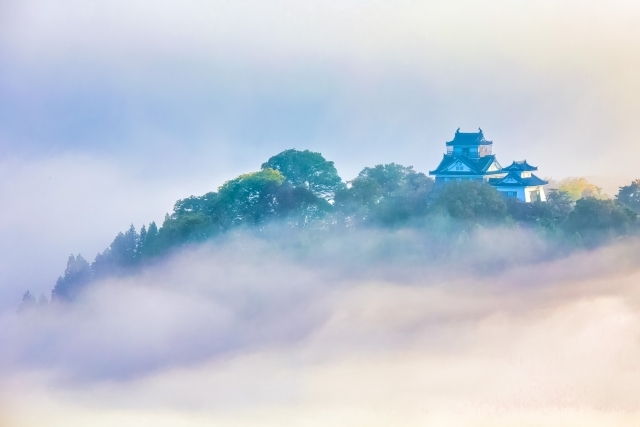
Instagram Worthiness:★★★★★
Photography Opportunity: All seasons
Location Information: ▶Map, Hours, Routes
Transportation Information: 50 minutes by bus from Fukui Station
Maruoka Castle
Maruoka Castle, with the oldest surviving keep in Japan, was built in 1576 by Shibata Katsuie under the orders of Oda Nobunaga. It is surrounded by a Japanese garden developed as Kasumigajo Park, and the History and Folklore Museum displays items from the castle’s history. In spring, 400 cherry trees bloom, creating a fantastic scene of the castle floating in a sea of cherry blossoms. At night, the castle and cherry blossoms are illuminated, and the Maruoka Castle Cherry Blossom Festival is held in April.
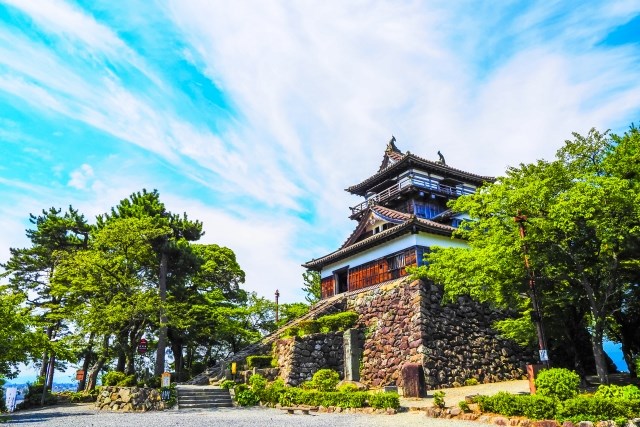
Instagram Worthiness:★★★★★
Photography Opportunity: All seasons
Location Information: ▶Map, Hours, Routes
Transportation Information:43 minutes by bus from Fukui Station
Fukui Castle Ruins
Fukui Castle, built in 1606 by Yuki Hideyasu, the second son of Tokugawa Ieyasu and the first lord of the Fukui Domain, prospered for about 270 years. Originally a grand structure with a height of 37 meters, it was destroyed by fire, leaving only the stone walls and part of the moat. The castle once covered an area of about 2 square kilometers, and now the Fukui Prefectural Government stands on its former site. Remnants of the original structures remain, offering a glimpse into its past. A grassy park around the ruins is suitable for resting during a visit.
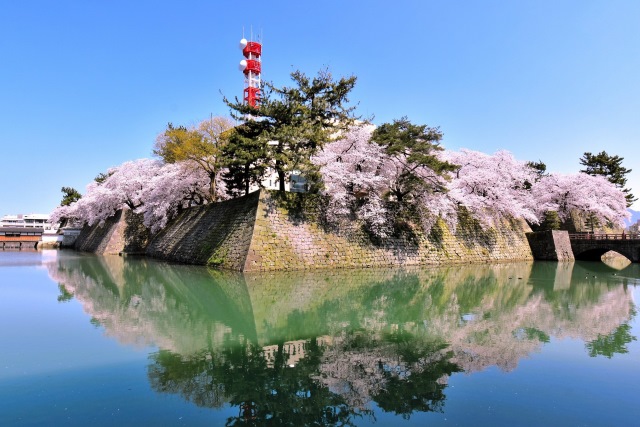
Instagram Worthiness:★★★★★
Photography Opportunity: All seasons
Location Information: ▶Map, Hours, Routes
Transportation Information: 7-minute walk from Fukui Station
Mikata Five Lakes
Mikata Five Lakes refer to five lakes, including Mikata Lake, in Fukui Prefecture. Also known as the “Five Colored Lakes,” each lake displays different shades of blue due to varying water qualities and depths. In 2005, they were registered under the Ramsar Convention as wetlands of international importance. Each lake has distinct characteristics—freshwater, saltwater, and brackish water—supporting various fish species. The area is also an important habitat for waterfowl, with many birds overwintering here, including white-tailed eagles and Steller’s sea eagles.
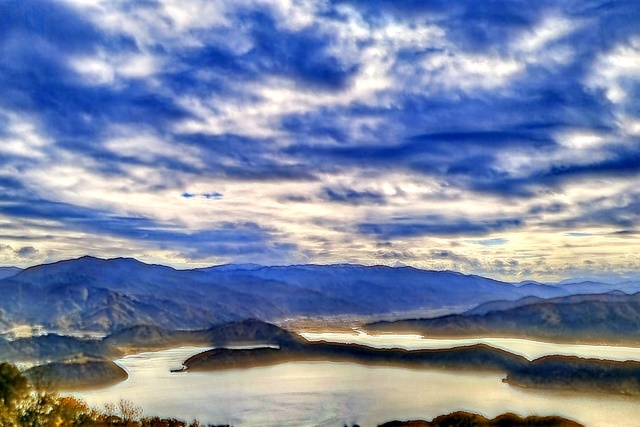
Instagram Worthiness:★★★★★
Photography Opportunity: All seasons
Location Information: ▶Map, Hours, Routes
Transportation Information: Limited public transportation; car necessary
Ichijodani Asakura Clan Ruins
Located about 10 kilometers southeast of Fukui City, the Ichijodani Asakura Clan Ruins are the remains of a castle town that the Asakura clan ruled over the Echizen Province for 103 years during the Sengoku period. The Asakura clan rose to power after participating in the Onin War in 1467, subsequently controlling the Echizen Province. They prospered for 103 years, making Ichijodani a cultural center known as the “Little Kyoto of the North.” However, the clan was defeated by Oda Nobunaga in 1573, leading to the town’s destruction. The ruins have been excavated, revealing samurai residences, temples, townhouses, artisan houses, and roads almost perfectly preserved.
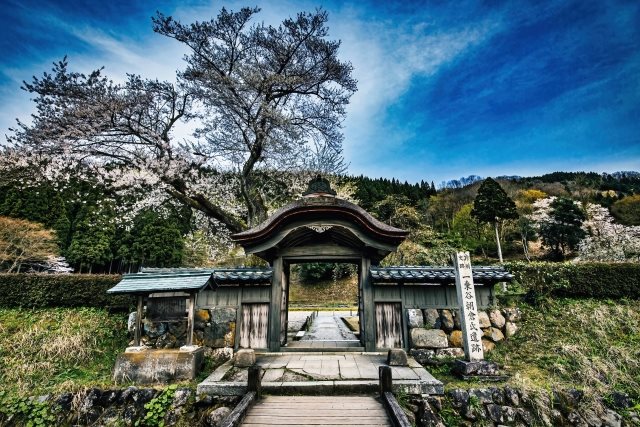
Instagram Worthiness:★★★★★
Photography Opportunity: All seasons
Location Information: ▶Map, Hours, Routes
Transportation Information: 27 minutes by bus from Fukui Station
